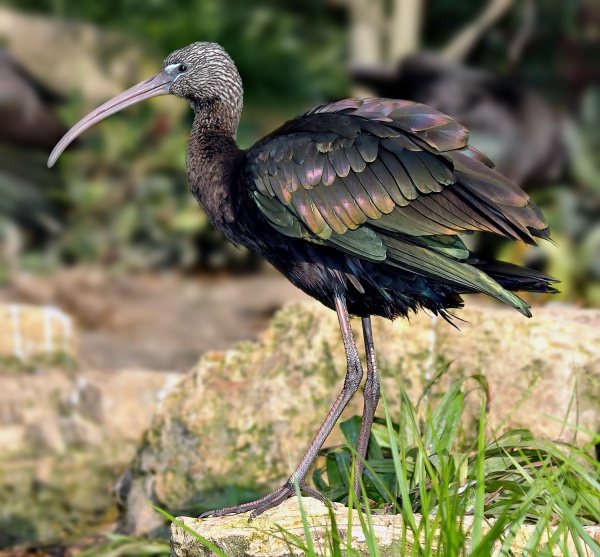Facts About Glossy ibis
The Glossy Ibis is a captivating wading bird belonging to the ibis family, Threskiornithidae. Its name is derived from Ancient Greek and Latin words meaning "sickle" a reference to the distinctive shape of its curved bill. This bird has a wide distribution, breeding in warm regions across Europe, Asia, Africa, Australia, and the Americas. Depending on their location, Glossy Ibises can be migratory, moving seasonally.
These birds are commonly found in shallow waters, particularly in wetlands rich in dense vegetation. They tend to build their nests in colonies, often above the water, for protection. Their diet is diverse, encompassing insects, crustaceans, mollusks, fish, and amphibians, which they forage in their aquatic habitats.
Glossy Ibises are renowned for their nomadic tendencies. Some populations migrate extensively, while others are more sedentary. At night, they assemble in large flocks to roost and are known for traveling substantial distances during migration seasons. During the breeding season, these birds display striking reddish-brown bodies and bottle-green wings, in contrast to the more subdued colors of non-breeders and juveniles. These medium-sized birds typically measure between 48 and 66 cm in length and are noted for their graceful flight, often observed in V formations.
Conservation efforts are vital for the survival of Glossy Ibises. They are protected under the Agreement on the Conservation of African-Eurasian Migratory Waterbirds (AEWA). Nonetheless, they face threats such as wetland degradation, habitat loss, and invasive species. These birds play a significant role in their ecosystems, contributing to the rich biodiversity of wetlands.

 Western Sahara
Western Sahara